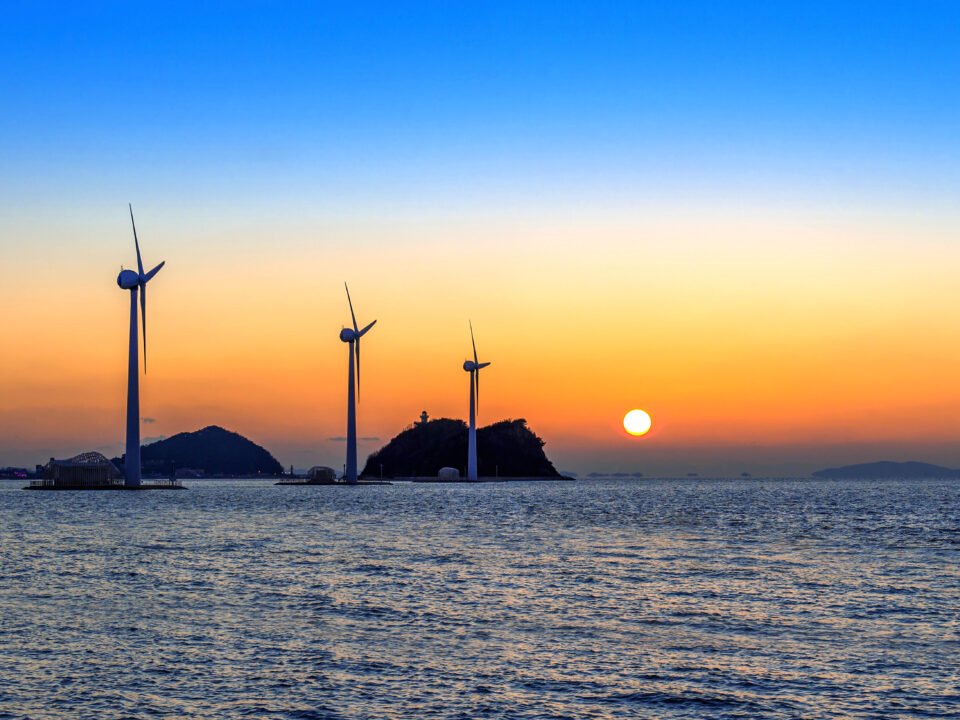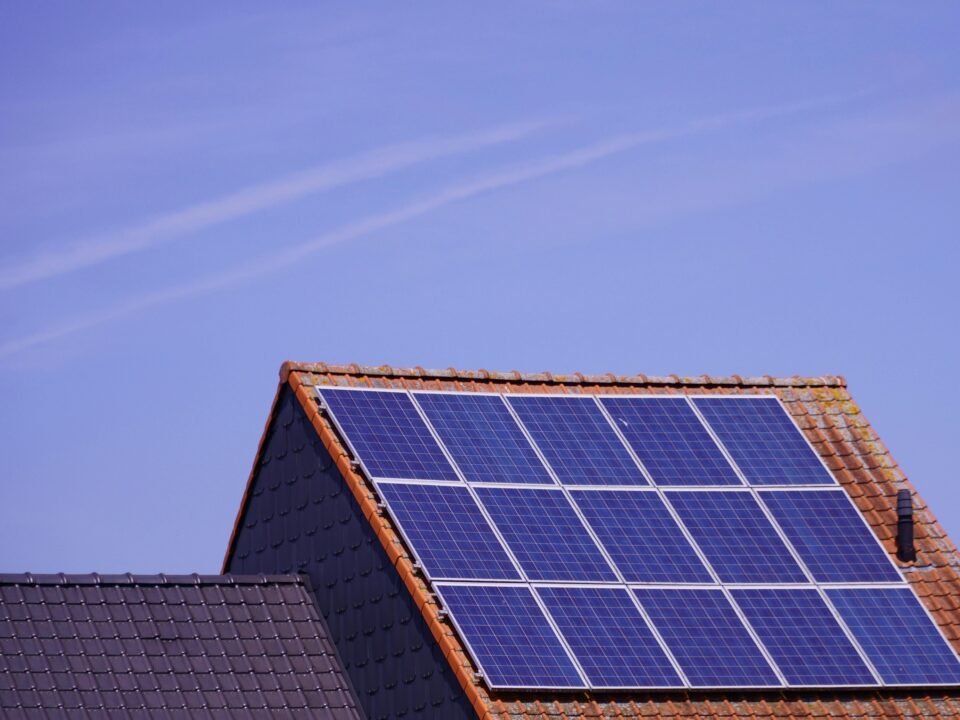As the world continues to shift toward cleaner, more sustainable sources of energy, offshore wind power is rapidly gaining momentum as a key player in the global transition to renewables. With technological advancements, increased investments, and government support driving the sector forward, 2025 is shaping up to be a landmark year for offshore wind development. In this article, we’ll explore some of the most exciting offshore wind power projects to watch in 2025—projects that are set to redefine energy infrastructure and help countries meet their climate goals.
Why Offshore Wind Power Matters
Offshore wind power harnesses the energy of strong, consistent winds at sea, converting it into electricity through turbines anchored to the ocean floor or floating platforms. It offers several advantages over onshore wind, including:
- Stronger and more reliable wind speeds
- Reduced land use and visual impact
- Higher energy output per turbine
As nations work to reduce greenhouse gas emissions and decarbonize their power grids, offshore wind has emerged as a vital tool. According to the International Energy Agency (IEA), global offshore wind capacity is expected to grow 15-fold by 2040, with Asia and Europe leading the charge.
Top Offshore Wind Power Projects to Watch in 2025
1. Dogger Bank Wind Farm (UK)
Set to become the world’s largest offshore wind farm, the Dogger Bank Wind Farm off the coast of Yorkshire, England, is a joint venture between SSE Renewables, Equinor, and Vårgrønn. The project, which will be built in three phases—A, B, and C—will have a combined capacity of 3.6 GW when fully operational.
In 2025, Dogger Bank A and B are expected to be operational, marking a major milestone. These phases alone will power over 3 million UK homes and help significantly reduce carbon emissions. With the use of GE’s Haliade-X 14 MW turbines—the most powerful in operation—the project is a testament to how offshore wind power technology is evolving rapidly.
2. Vineyard Wind 1 (USA)
The Vineyard Wind 1 project, located off the coast of Massachusetts, is the first commercial-scale offshore wind farm in the United States. A joint venture between Avangrid Renewables and Copenhagen Infrastructure Partners, the project will feature 62 GE Haliade-X turbines with a total capacity of 800 MW.
Slated to begin operations in 2025, Vineyard Wind 1 represents a turning point for the U.S. offshore wind industry. It’s expected to provide clean electricity to more than 400,000 homes and eliminate 1.6 million tons of carbon emissions annually. Its success could pave the way for a series of new offshore wind power developments across the U.S. East Coast.
3. Baltic Power (Poland)
Poland is emerging as a serious player in the offshore wind sector with the Baltic Power project, a 1.2 GW wind farm located in the Baltic Sea. Developed by Polish energy group PKN Orlen and Canadian company Northland Power, the project is scheduled to begin construction in 2024 and is expected to be operational by 2025.
Baltic Power is part of Poland’s broader strategy to diversify its energy mix away from coal. With ambitious targets to install up to 11 GW of offshore wind capacity by 2040, this project is a critical first step and a flagship for the country’s offshore wind power ambitions.
4. Hai Long Offshore Wind Project (Taiwan)
Taiwan is becoming a regional leader in Asia’s offshore wind market, and the Hai Long Offshore Wind Project is one of its most prominent initiatives. A collaboration between Northland Power, Yushan Energy, and Mitsui & Co., the Hai Long project will have a capacity of over 1 GW, making it one of the largest in the Asia-Pacific region.
The project is divided into several phases—Hai Long 2A, 2B, and 3—with initial phases expected to come online by 2025. Taiwan has set an ambitious goal to install 5.7 GW of offshore wind by 2025, and Hai Long is central to achieving that target.
5. Noordzeker Wind Farm (Netherlands)
The Netherlands continues to push forward in the renewables race with the development of the Noordzeker Wind Farm (formerly IJmuiden Ver). Located about 60 kilometers off the Dutch coast, this large-scale project is expected to generate between 4 GW and 6 GW once fully developed.
The first phase is expected to begin construction in 2025, with operational status shortly after. The project is part of the Dutch government’s ambitious North Sea energy plan, which aims to generate 70 GW from offshore wind by 2050. Noordzeker will be crucial in helping the Netherlands meet its 2030 climate targets.
Innovations Driving Growth
The success of these and other offshore wind power projects is underpinned by cutting-edge innovations, including:
- Floating wind platforms: Allowing turbines to be deployed in deeper waters, opening up new areas for development.
- Larger turbines: The trend toward 14–20 MW turbines means fewer units are needed, reducing costs and complexity.
- Advanced grid integration: High-voltage direct current (HVDC) technology improves energy transmission from sea to land.
These advancements are helping to drive down the cost of offshore wind, making it increasingly competitive with fossil fuels and other renewables.
Challenges Ahead
Despite the optimistic outlook, the offshore wind power sector faces challenges:
- Supply chain bottlenecks: Demand for components like blades, cables, and substations is surging.
- Permitting and regulatory delays: Long approval times can slow project timelines.
- Environmental concerns: Impacts on marine ecosystems and coastal communities need careful management.
Addressing these issues will be key to ensuring the continued growth of offshore wind in 2025 and beyond.
Conclusion
2025 is poised to be a transformative year for offshore wind power. With massive projects like Dogger Bank, Vineyard Wind 1, and Hai Long leading the way, the global offshore wind fleet is set to expand significantly. As countries race to meet their climate goals, offshore wind is not just an option—it’s a necessity.
Keep an eye on these projects in the coming year. They don’t just represent engineering marvels; they symbolize a cleaner, more sustainable energy future.



